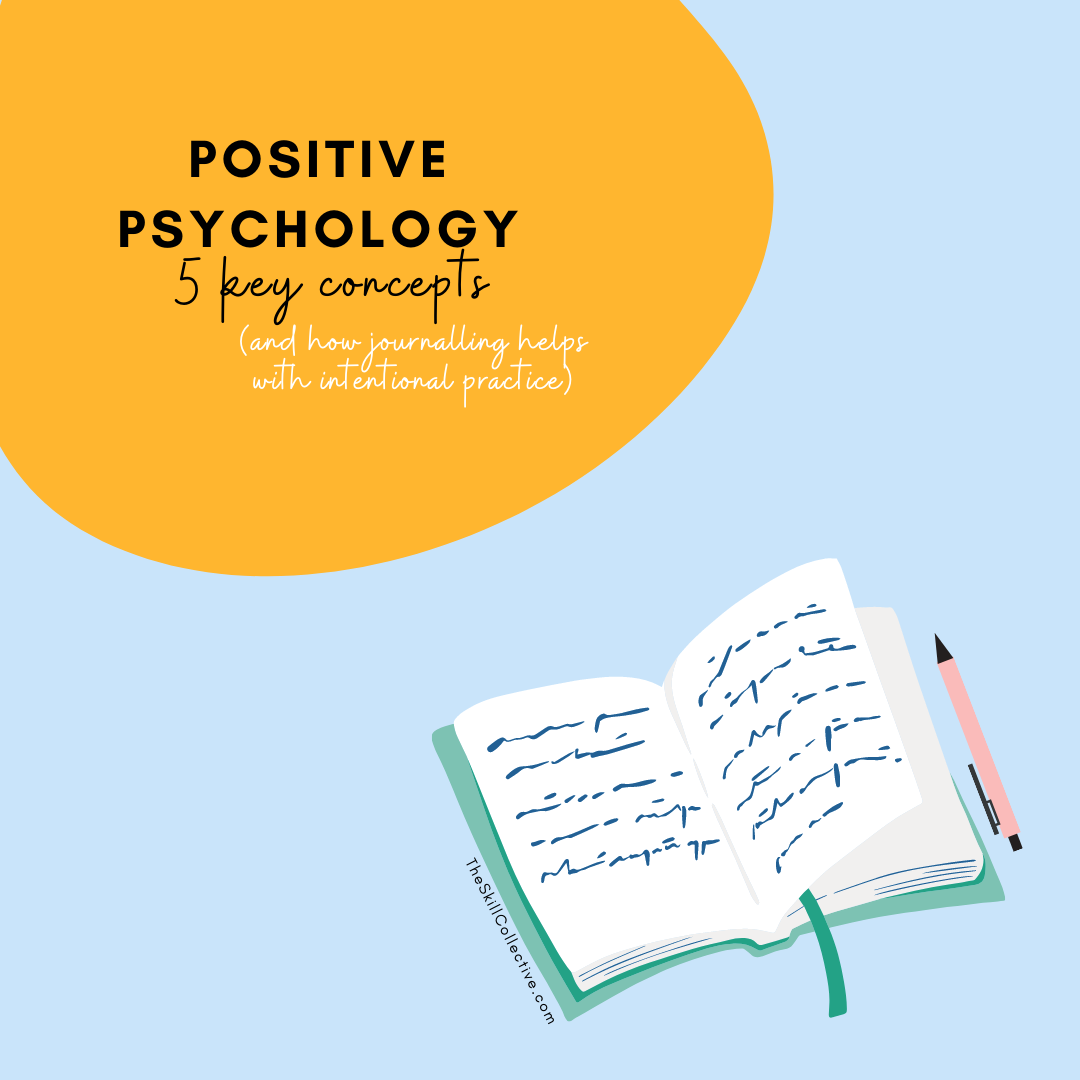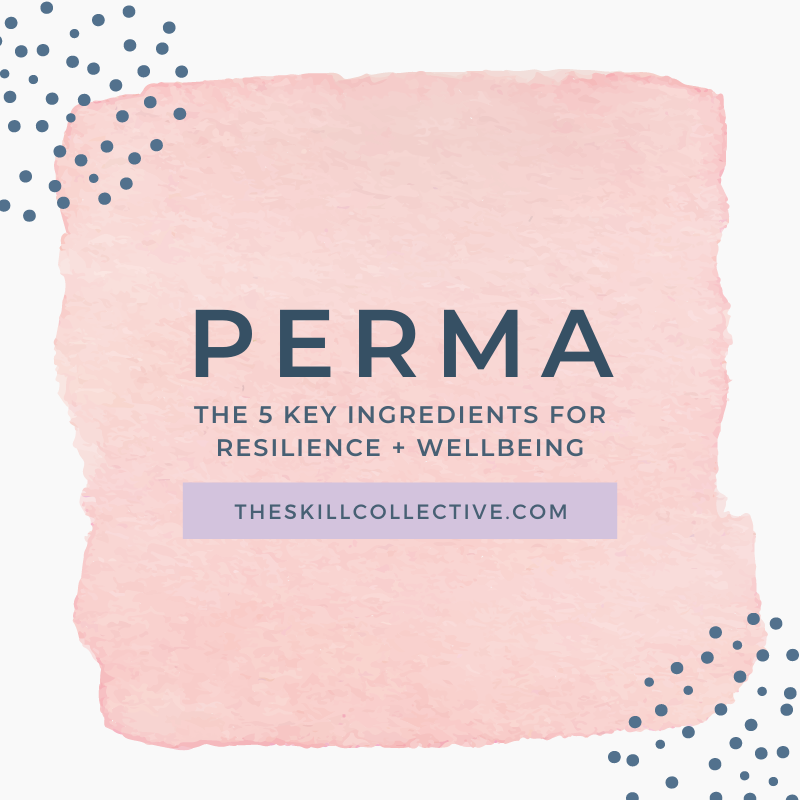Positive Psychology: 5 Key Concepts (and how journalling helps with intentional practice)
Boost your wellbeing and resilience with Positive Psychology. In this article we look at 5 key concepts in the field of positive psychology, and how journalling can help you achieve better wellbeing.
Crafting a moment of mindfulness - How to find time to be mindful when life is busy
Mindfulness is now firmly entrenched in our consciousness, but how can we find a moment to fit mindfulness into our busy modern day lives?
PERMA: The Ingredients for Resilience + Wellbeing
Looking to build up your resilience and wellbeing reserves? Meet your new best friend PERMA, the key 5 ingredients from positive psychology for better resilience and wellbeing.
How to improve your parent-child relationship
A secure attachment is one of the best gifts that you can give your children - it sets them up for healthy relationships when they get older. Read on for our tips on how to improve your parent-child relationship.
How to build better relationships
There’s always room for improvement when it comes to successful and loving connections with your partner or spouse. Read on to see our 4 top tips for building better romantic relationships.
Spring Clean Your Fitness
We all know that we *should* exercise, but how can we make it a habit?






